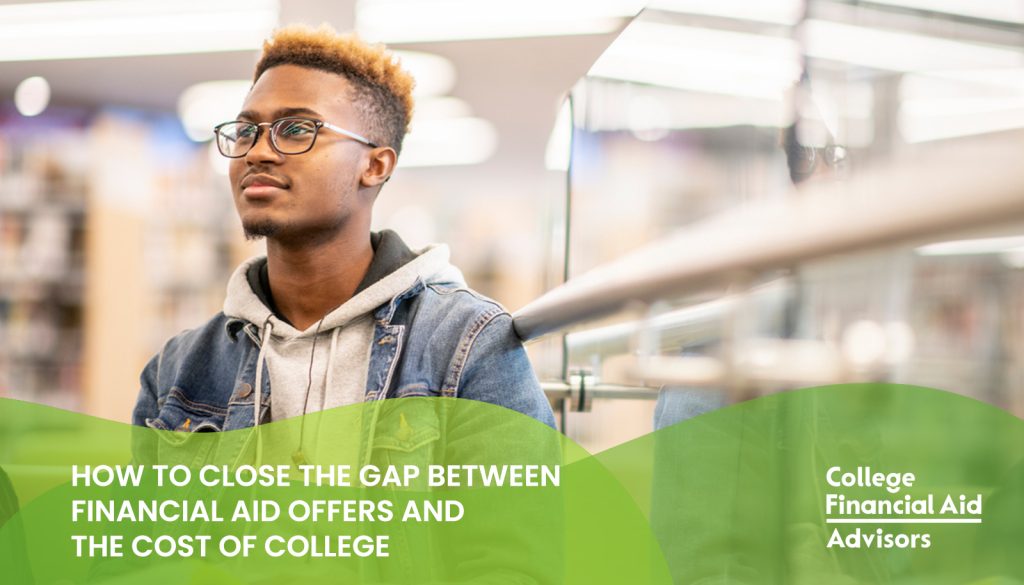This spring, as financial aid award letters arrive and college acceptance letters fill mailboxes, families are getting the full understanding at how much college will cost them personally. Colleges use your completed FAFSA to determine how much your family would be expected to contribute. From there, they are able to offer financial aid accordingly. Any financial aid offer letters received will outline the amount of scholarships, grants, and loans you can expect. It will also state how much you may have to pay out of pocket.
If that happens to your family, here’s a few ideas of how to find money to pay for college after financial aid:
Contact the Financial Aid Office(s):
If there is a school that particularly appeals to your student, you can contact the financial aid office and ask if there are any other options for receiving more financial aid. The school may have additional funds for low-income students or may be able to point you in the direction of other scholarships. It could also help to let the school know that you will be interested in finding part-time work in addition to the federal work-study program. All of these are great options if the school has any available.
Explain Any Unusual Circumstances:
Sometimes the FAFSA doesn’t give a real picture of your family’s financial situation. If there are exceptional medical bills, or a sudden drop in income, put together a short letter that documents your specific situation, and ask the college if you can appeal the financial aid award. Make sure that you have documentation of any changes not reflected in your current FAFSA documents.
Look for Scholarships:
Be on the lookout for all late deadline scholarships. This money does not have to be repaid. Scholarships can make a big difference in your child’s ability to pay for textbooks, lab fees, and other miscellaneous expenses. Parents can also ask their employers if any funds are available to help with college expenses such as computers. Scholarships are a great option for every year your student is in school, so make an effort to look for them every year!
Consider Private Student Loans:
While there are some differences between federal and private student loans, this could be the final piece in your financial aid puzzle. Many private lenders, such as Discover Student Loans, offer competitive interest rates and other incentives that can help reach your college education goal. They may also offer other benefits, such as a reduced interest rate for automatic payments, and may even provide an incentive for good grades. Remember to carefully determine who will be paying the loans after graduation with your student!
Financial aid award letters and the Student Aid Index are good indicators of how much financial aid you will receive, but they don’t have to be the last word on the subject. College is expensive and if you need extra assistance to cover the difference, try some of these options!
More about Jodi and College Financial Aid Advisors
Jodi is a FAFSA financial advisor who helps with the financial aid process to help families of college students maximize their financial aid. From completing the FAFSA and completing the CSS Profile to reviewing the SAR, responding to requests for verification, comparing financial aid offers and understanding student loan options, Jodi is a fantastic resource when it comes to student financial aid. Schedule a 15 Minute Power Chat to learn more about finding ways to pay for college.

